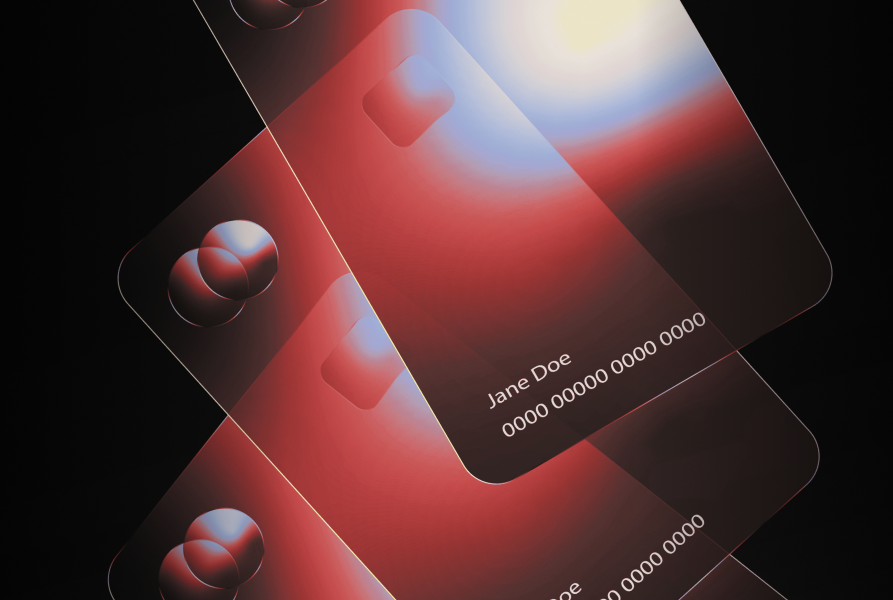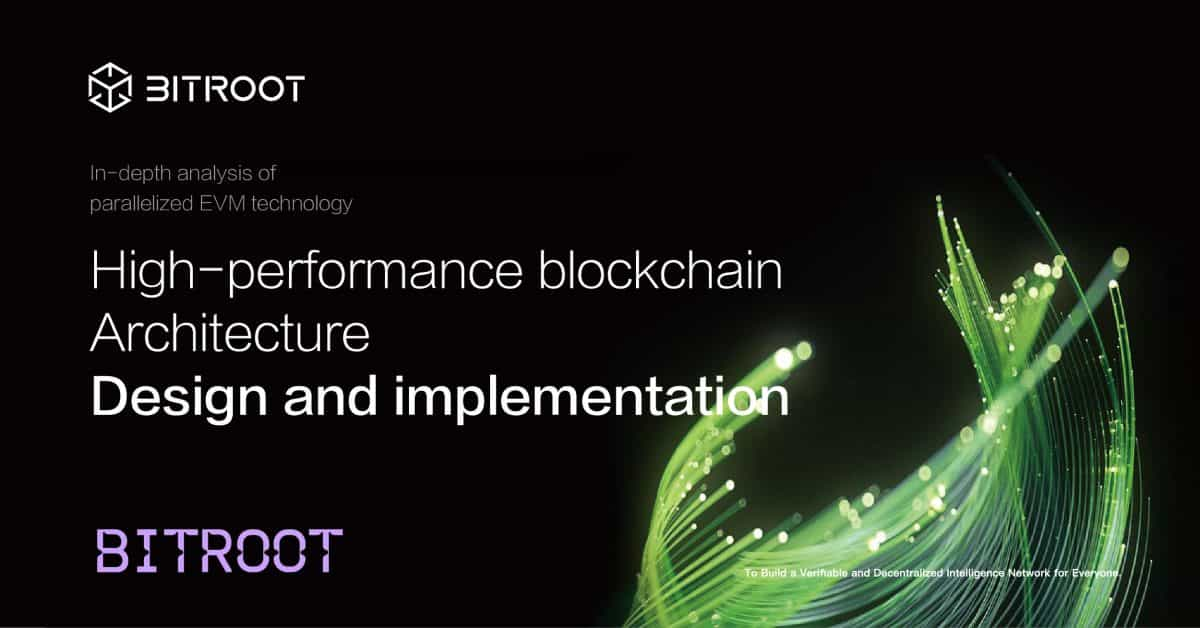NFT royalties: The story so far

Quick Take
- NFT royalties were once a standard fee that paid a creator every time their piece was sold.
- But this year, royalties ended up on the chopping block in major NFT marketplaces.
- Here’s a play-by-play of the breakdown of royalties.

NFT royalties, once the reigning recurring fee to benefit creators, have been sent to the gallows.
This year marked a race to the bottom among marketplaces to remove royalties and cut NFT trading costs to as little as possible. Meanwhile, popular NFT creators have taken their own stances on the issue, vowing to forgo them completely or use smart contract coding to block the marketplaces that evade them.
Here’s a chronological breakdown of every major event pertaining to NFT royalties this year — and what it means going forward.
What happened
A royalty is a fee that’s paid to the creator every time their work has been sold. They’re almost impossible to enforce on-chain using an Ethereum token standard because they can easily be bypassed through NFT wrapping, The Block previously reported.
For creators to get their royalty, marketplaces must choose to implement that payment. But 2022 saw a rapid decline in marketplaces enforcing royalties.
One of the first popular NFT marketplaces to demote NFT royalties was X2Y2, a token-based platform which rewards users for staking.
X2Y2 experimented with 0% royalties during its beta launch on Feb. 4, 2022.
X2Y2 accrued meager transaction volumes compared to other marketplaces the first few months after its launch. In February and March, the marketplace earned $11.1 million and $9.46 million respectively, compared to $3.59 billion and $2.49 billion for the same months, according to The Block’s Data Dashboard.
Perhaps due to X2Y2’s low initial trading volume, its royalty fee model did not cause a stir until five months later.
This was around the time the team behind the decentralized NFT marketplace Sudoswap launched a new platform called SudoAMM on July 8, nixing all creator royalties to keep fees down to 0.5% per transaction. SudoAMM earned saw $50 million in total trading volume two months after the platform launched.
Sudoswap cut royalties upon introducing its new NFT trading platform SudoAMM on Jul. 8, 2022.
Sudoswap’s actions sparked a major debate on the value of NFT royalties, swelling into the main topic on crypto Twitter in August of this year. Some users claimed that removing artist royalties exploited artists who struggle to find ways to find recurring revenue from their creativity. Others emphasized that market conditions will favor platforms that keep fees low, and projects with thousands of NFTs don’t need royalties as much as single creations from artists do.
Artists even took matters into their own hands to defend their royalties.
Fidenza artist Tyler Hobbs and the Seattle-based digital creator Dandelion Wist created the QQL Mint Pass, an NFT which uses its smart contract to block trades with marketplaces that evaded royalties, particularly X2Y2. X2Y2 was quick to hit back at the QQL creators, stating that “When someone else can decide where you can transfer your NFT, you are not the real owners anymore.”
Arguments to remove royalties had swayed other NFT creators, though — even those who had defended the recurring fee. On Aug. 13, 2022, the creator of Solana’s popular NFT project DeGods named Frank said that NFT royalties are “simply the best alignment of incentives between founders and holders (right now)” and “if you want to remove royalties, that’s fine. Just don’t be mad when mints become more expensive and more projects rug.”
Nearly two months later, however, DeGods moved to a 0% royalty model.
What came next were more marketplaces moving to either side of the royalty spectrum. Two to downgrade their royalties were Ethereum-based LooksRare and Solana-based Magic Eden. Magic Eden made royalties optional on Oct. 15, and on Oct. 27, LooksRare removed royalties and opted to allocate 0.5% of trading fees to creators. Mooar, however, a new marketplace for the Solana-based Stepn move-to-earn ecosystem, made royalties compulsory on Nov. 1.
OpenSea also championed NFT royalties through a tool for new collections – one that restricts NFT sales only to marketplaces that enforce royalties. The NFT enforcement apparatus was rolled out on Nov. 8 and is the first of numerous planned tools to benefit creators.
What’s lost when royalties get cut
Royalties for Ethereum-based NFT projects brought in a total of $1.8 billion in funds, according to the research arm of the financial services firm Galaxy Digital. The main beneficiaries from NFT royalties so far have been the most popular projects, such as Bored Ape Yacht Club bringing in $147.6 million and Art Blocks accruing $82 million.
Bored Ape Yacht Club earned the most royalties out of any NFT project, according to data compiled by Galaxy Digital's research arm.
Major web2 corporations earned millions of dollars from NFT royalties as well. Sportswear firms Nike and Adidas drew $91 million and $4.7 million respectively from creator fees.
Overall, 482 NFT projects seized 80% of all NFT royalty sales, lending credence to arguments that removing royalties only affects the larger, more corporate NFT projects.
TL;DR Timeline
- February 4. X2Y2 is one of the first known marketplaces to experiment with downgrading NFT royalty payments to artists. This action goes largely unnoticed.
- July 8. Sudoswap’s newly launched NFT trading platform SudoAMM nixes royalties to cut transaction fees down to 0.5% per trade. This action sparks a growing debate in the NFT community.
- August 15. The NFT community debates whether marketplaces should enforce royalties. Royalty supporters say that artists should get properly compensated for their work while those against royalties say that artists
- September 28. QQL Mint Pass, an NFT project co-created by Fidenza’s Tyler Hobbs, blocks X2Y2’s wallet in the smart contract coding, effectively blacklisting the royalty-evading marketplace. Dandelion Wist, a Seattle-based digital artist and co-creator of QQL, explained that they blocked X2Y2 as a way to defend royalties.
- October 10. After its founder claimed support for NFT royalties in the past, Solana’s popular NFT project DeGods moves to a 0% royalty model.
- October 15. Solana’s biggest NFT marketplace Magic Eden switches to an optional royalty payment model.
- October 27. Ethereum marketplace LooksRare removes royalties, instead opts to allocate 0.5% of trading fees to creators.
- November 1. Stepn creator Find Satoshi Labs launches a new NFT marketplace with compulsory royalties called Mooar.
- November 6. OpenSea plans to add a tool for new collections that restricts NFT sales only to marketplaces that enforce royalties.
© 2025 The Block. All Rights Reserved. This article is provided for informational purposes only. It is not offered or intended to be used as legal, tax, investment, financial, or other advice.







